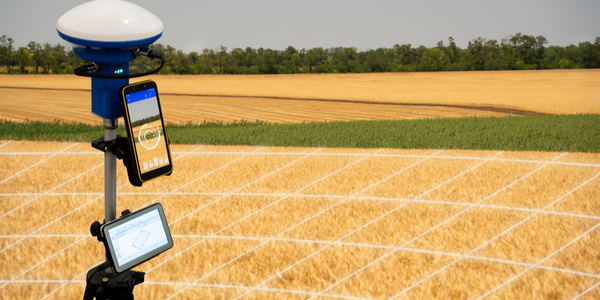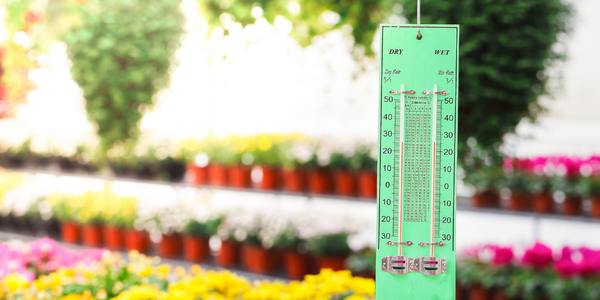
- Analytics & Modeling - Big Data Analytics
- Sensors - Camera / Video Systems
- Sensors - Environmental Sensors
- Agriculture
- Process Manufacturing
- Agriculture Disease & Pest Management
- Smart Irrigation
Traditionally, farmers either apply a high dosage or a high number of repeat sprayings of chemicals as they do not want to risk any disease or damage to the crops on which their livelihoods depend. This is quite inefficient in terms of both time and money wasted. Dacom aimed to increase the effectiveness of these farmers by providing them with accurate, real-time, and streamlined information.
Dacom used environmental sensors and big data analytics software to maximize yields at a reduced cost. By accurately measuring and responding to the variation in growing conditions within each field, the solution helps to minimize fertilizer, pesticide, water and fuel usage and costs while maximizing crop yields. The solution provides farmers with accurate planting, fertilizer, irrigation, protection and harvesting guidance via a user-friendly application that uses data from in-field soil sensors and weather stations, combined with local weather forecasts and aggregated, regional multi-year agronomy datasets. The sensors automatically record soil moisture and temperature on a 24/7 basis. Wind speed, direction, temperature, humidity, rain and sunlight levels are also captured across the farm. This is supplemented by visual inspections and reports by the farmers on crop growth rates and signs of insects and disease. The real-time data from the sensors and weather stations is automatically collected via the mobile network and compared to growth, fertilizer, pesticide and water absorption models for the region to deliver advice on the ideal spraying time and dosage levels that reflect highly localized needs. This avoids the wastage that occurs when chemicals are applied too late or early in the crop or larvae growth cycle or are affected by wind drift or rainfall wash-off.

Case Study missing?
Start adding your own!
Register with your work email and create a new case study profile for your business.
Related Case Studies.









